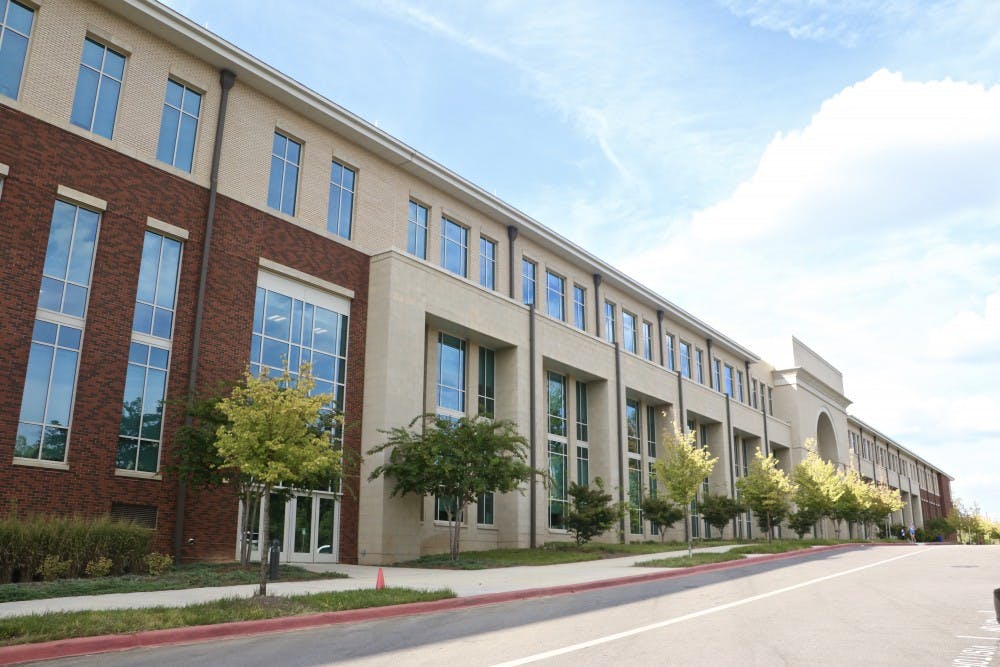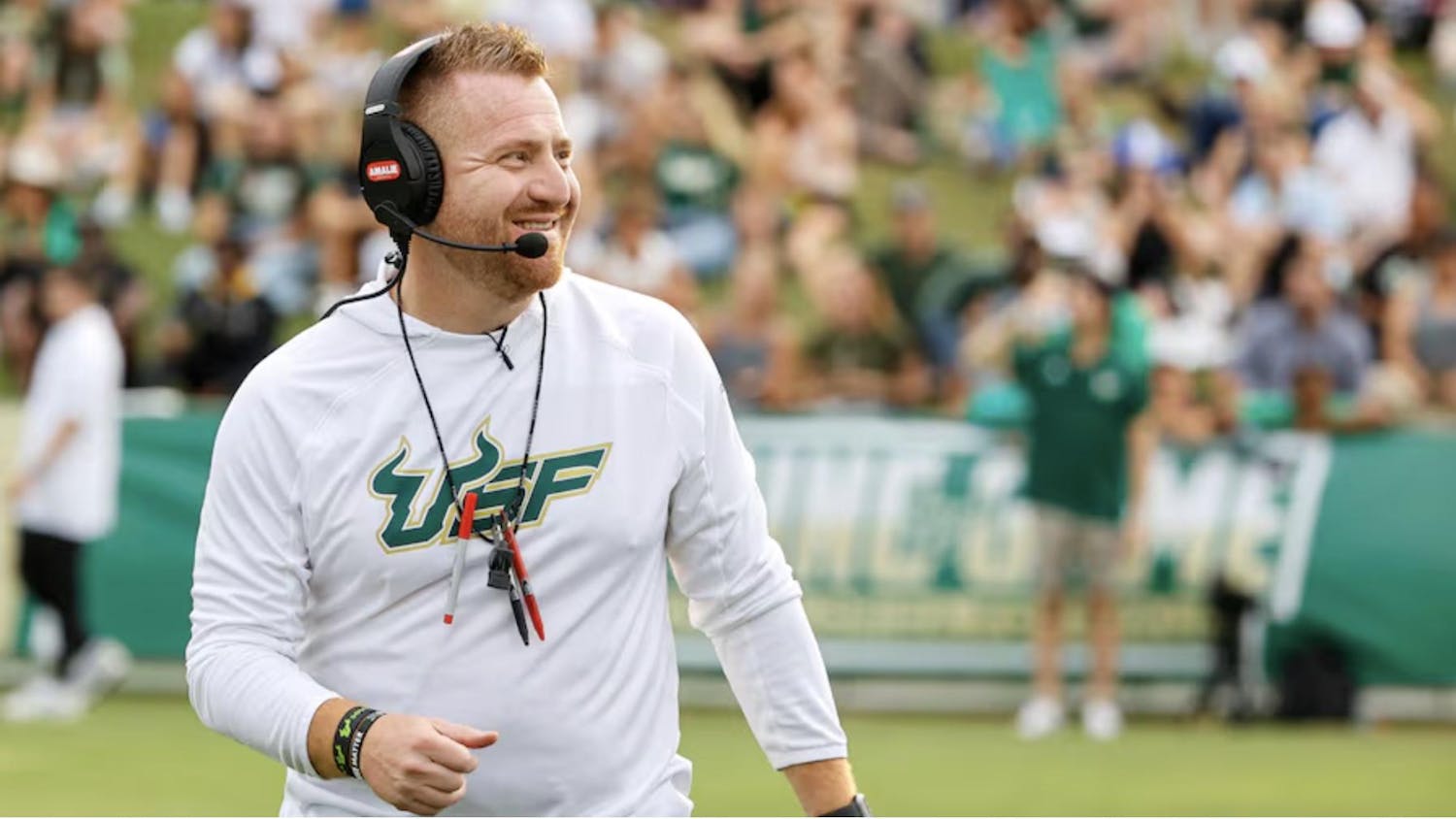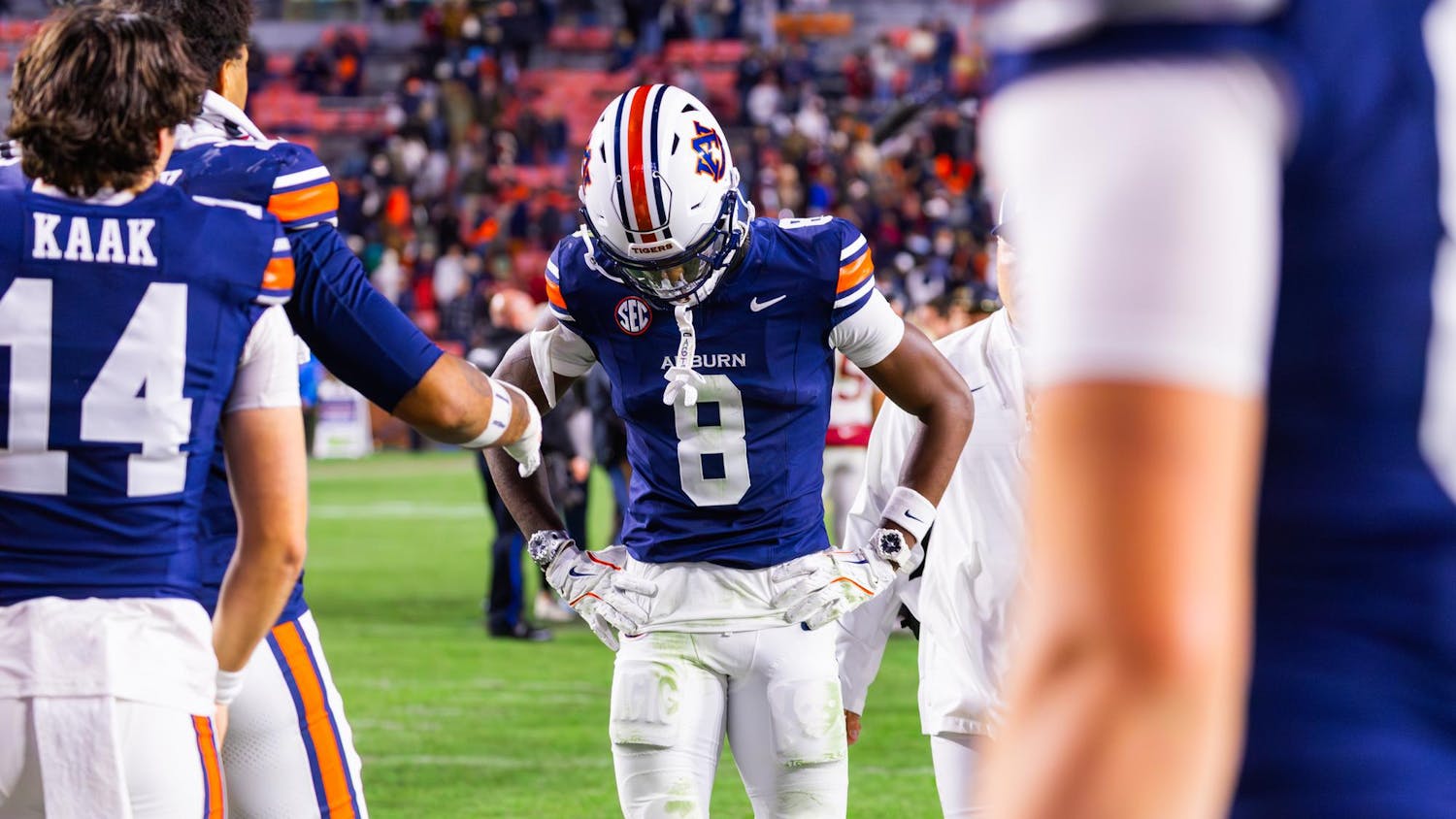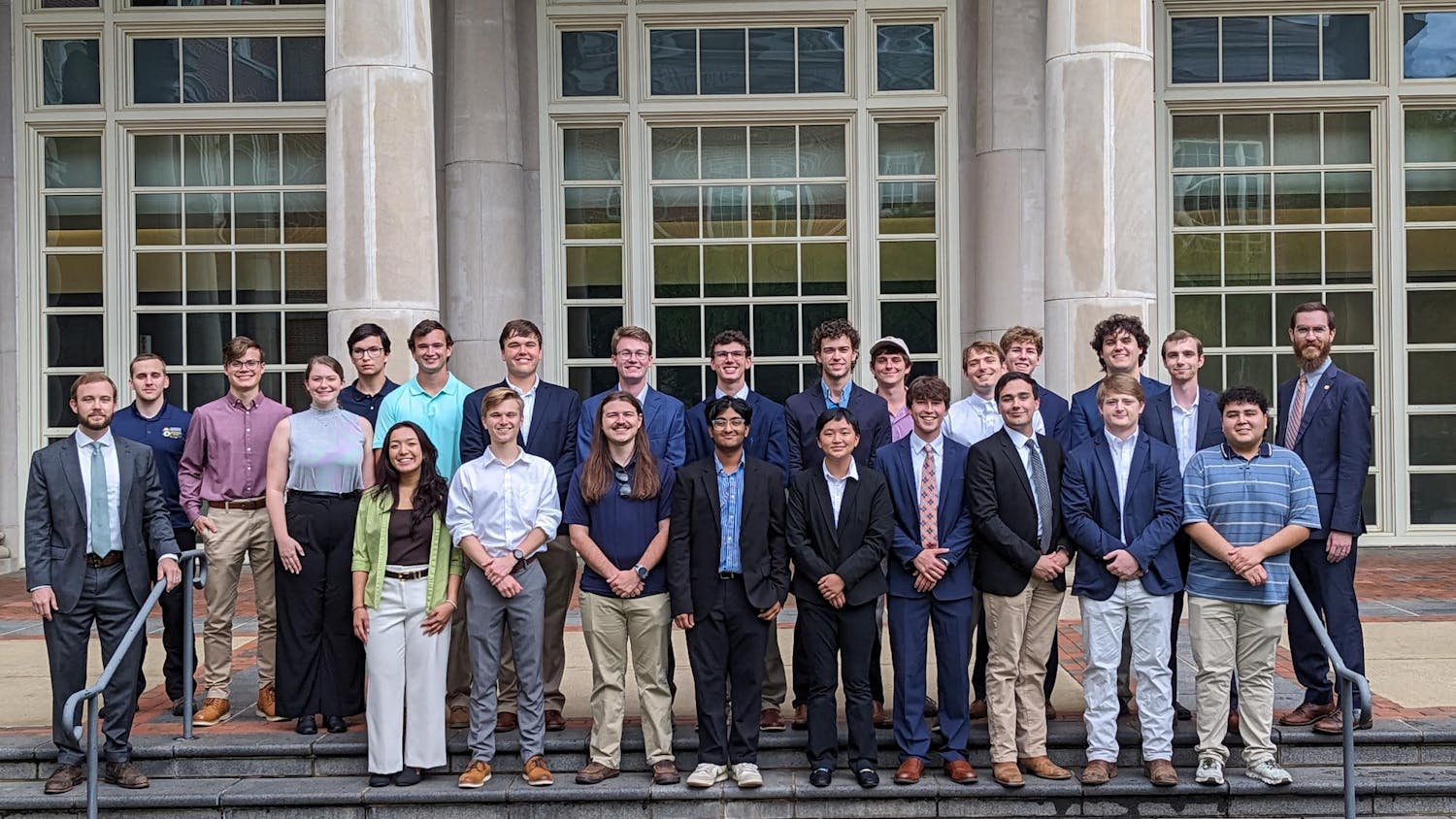With the completion of a distance learning plan and the closing of the school year, students finished the school year in a remote learning environment rather than in the system’s elementary, middle and high schools.
Alabama schools transitioned to distance learning following Gov. Kay Ivey’s announcement on March 26 amid growing numbers of COVID-19 cases in Alabama. There have been numerous challenges for teachers such as reduced communication and lack of hands-on teaching. They’ve taken steps to make things more efficient, but most teachers agreed on one thing: they miss their students and fellow teachers.
Five teachers within Auburn City Schools were asked the following questions:
What challenges are unique to teaching online rather than in-person?
“Translating in-class interaction has been a challenge for teaching online,” said Caitlin Halperin, who teaches United States history at Auburn High School.
The interaction between students and teachers that Halperin once got to experience in the classroom is difficult to create online, she said. So while Halperin can record a lecture and send it to her students, there’s not an opportunity to ask questions in real time, which may elicit new perspectives for the class.
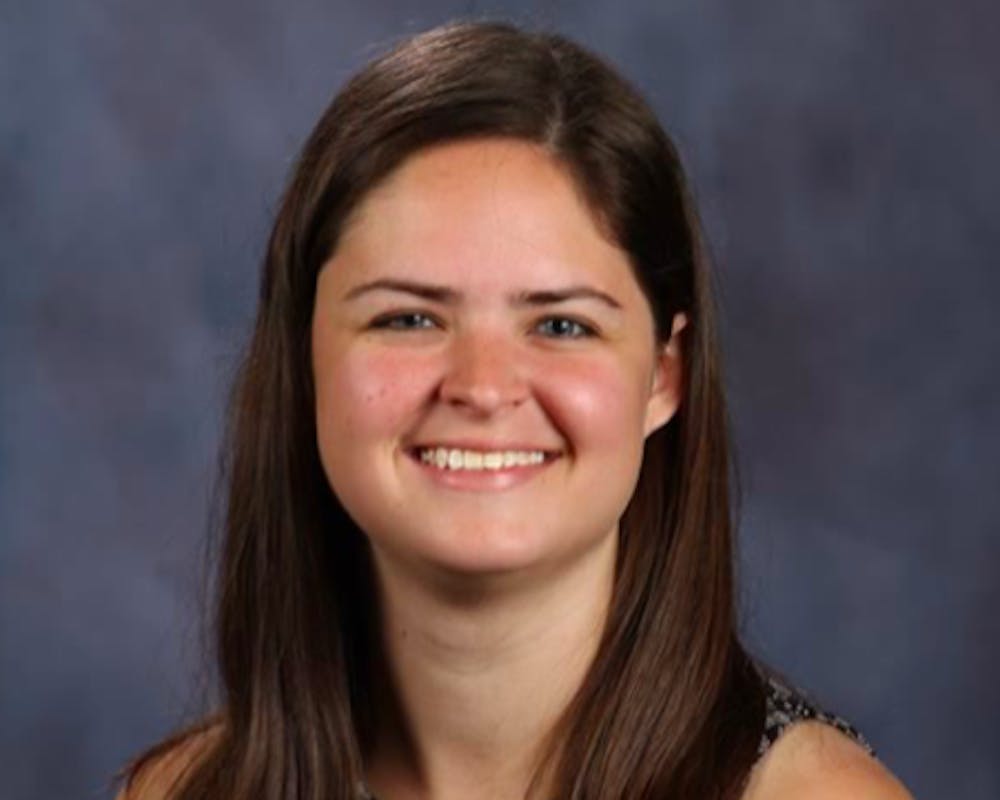
“In online teaching, there’s a barrier between you and the student, which may mean they choose not to ask questions based on lack of time or feeling like they’re ‘bothering you,’” Halperin said.
There are some ways to try and create discussion among students and teachers, like discussion boards, but these don’t usually reflect the true nature of student interaction, Halperin said.
As time students normally spend in their school is replaced with more time at home, Auburn Junior High School physical science teacher Laura Crowe said she’s found it difficult to support her students’ social and emotional learning, which teachers help foster in addition to their students’ academic learning.
“As an educator, I understand I must get to know my students academically, personally and socially,” Crowe said. “Students need to feel a sense of belonging in classroom environments.”
Maintaining the connectivity has been a challenge, and Crowe said she’s been brainstorming ways to stay connected with her eighth-grade students.
The way that students are faring in their distance learning also varies due to factors beyond their control, Crowe said.
“Each student has a unique home life, and everyone handles the stress of the pandemic differently,” Crowe said. “Thus, I am challenged to always be cognizant of how each student is handling the transition to online learning while providing social-emotional supports.”
Teaching physical science also requires a plenitude of hands-on tools and experiments, and “emulating instruction that is hands-on and allows the students to use critical-thinking skills,” has been a challenge, Crowe said.
These physical tools for learning are used extensively in the younger grades as well. For Carolyn Wilson, first-grade teacher at the Auburn Early Education Center, not being able to use what the school calls manipulatives — learning tools that students can physically manipulate to help them understand the concepts — has been one of the hardest things about moving to online instruction for her young students.
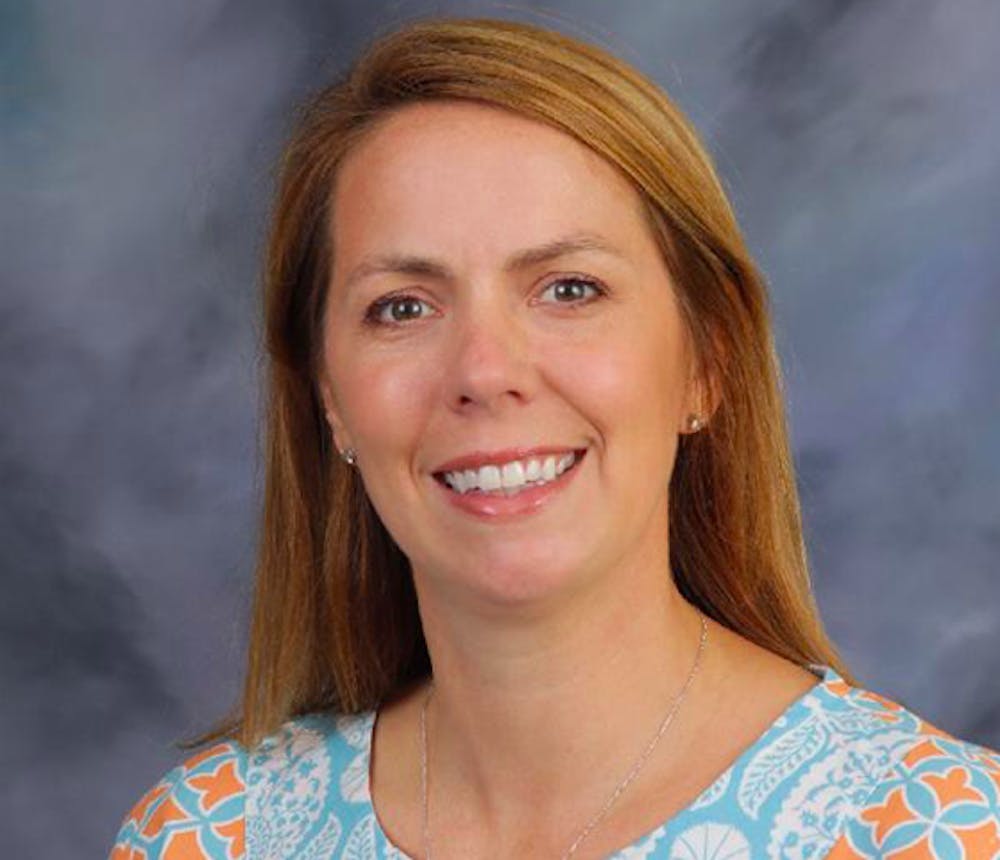
“We use letter tiles to build words, we conduct experiments in science, and we use movable clocks to learn how to tell time,” Wilson said. “Trying to share these complex concepts with students using only words and videos, without any hands-on participation from students, has been quite a challenge for all of us.”
What new steps have you had to take as a teacher to adjust?
“One big step that I had to take was learning to use a digital learning platform as my primary mode of instruction,” Wilson said. “Our school chose Seesaw, and it has been great, it just wasn’t a tool with which I was familiar before COVID-19.”
Seesaw is an online program that helps teachers and students through remote instruction and was used in several elementary schools.
Unsurprisingly perhaps, teachers who incorporated online learning and participation earlier in the school year have had an easier time making the transition to remote instruction.
“Luckily for us, online teaching and learning has been an integrated part of our classroom all year long,” said Aaron Stewart, who teaches seventh-grade math at East Samford School. “We made it a point to demonstrate that learning can happen regardless of location.”
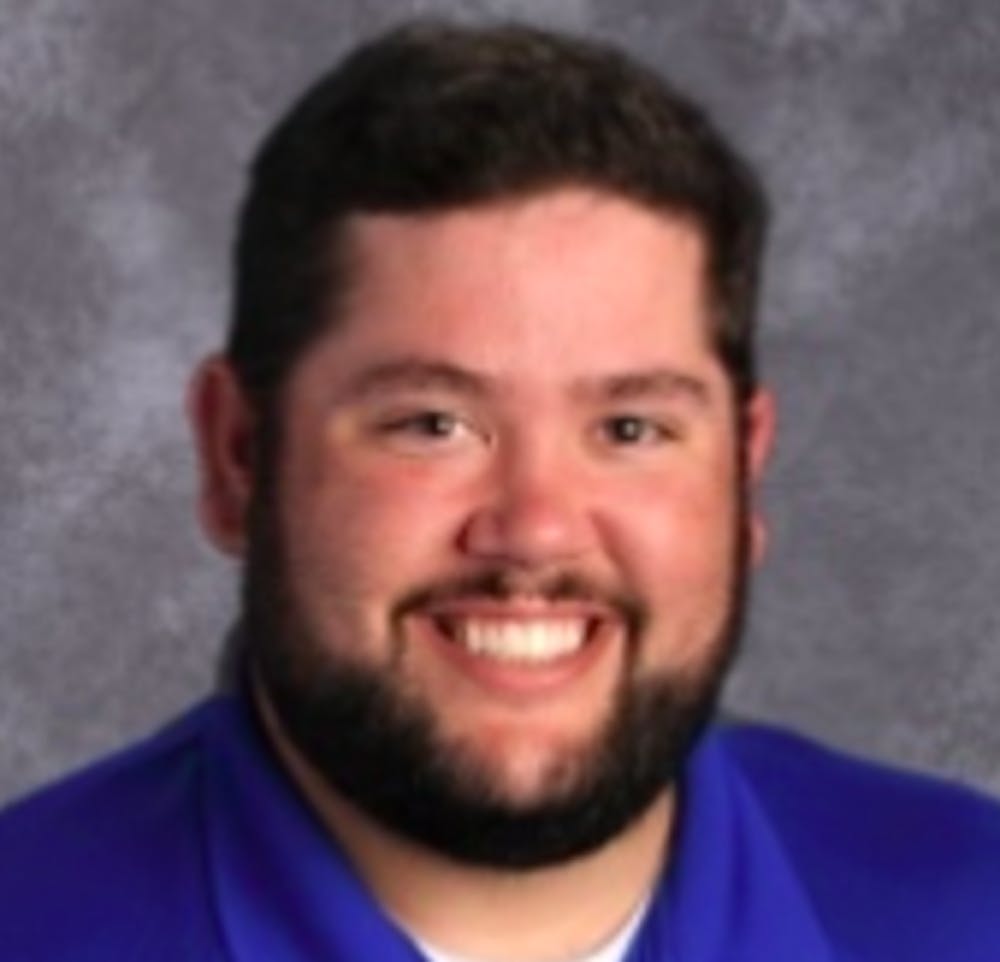
Before, though, Stewart had more control of when and where his students were doing those online assignments—typically while in the school building or that evening for homework. But now, it’s mostly up to the students.
“No longer can I control the time in which learning, instruction, work, or practice happens. It is left up to the discretion of the student,” Stewart said. “With no physical classroom environment, the responsibility is now on the students to make sure they are engaged and getting the most out of what is offered.”
Brooke Braswell, who teaches at Cary Woods Elementary, has similarly had to adjust her expectations for her second-grade students.
“Adjusting my own expectations of what should be at this time in the school year to expectations that are more meaningful and relevant to the situation at hand has been a step I have had to take,” Braswell said. “Simplifying has been key, while also finding ways to ensure learning is ongoing are steps that I continue to take each day."
How effective do you think online teaching has been for students’ learning?
The teachers offered varied responses on the effectiveness of the new mode of instruction. For some, the challenges outlined above have made remote instruction a hindrance.
“The students are engaging with grade level standards and content, but I do not think it is as effective as it could have been in the traditional classroom setting where I am able to give that feedback more often. I have found ways to give feedback, but it certainly isn’t as effective in my opinion,” Braswell noted.
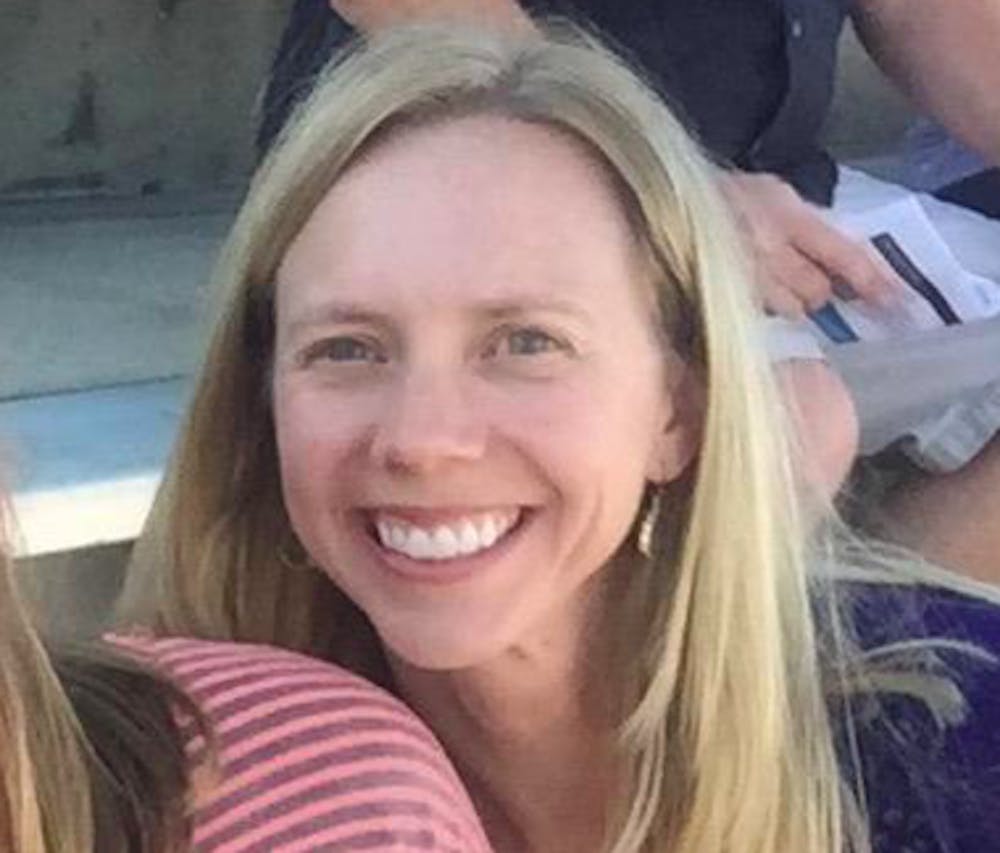
Things have been improving for Braswell’s class however, as she, her students and even their parents learn to handle the new state of affairs.
“This transition was tough on parents, especially those with elementary age children, so finding ways to be effective that respected the transition parents were experiencing was most important,” Braswell said. “Each week, effectiveness has improved as parents/families have settled into routines at home, and we have found ways that work best for me to help with student learning.”
Most agreed it's not an ideal situation. But as Wilson pointed out, it’s much better than the alternative.
“While our K-2 classrooms will need to include review of these newly taught skills when school re-convenes, I cannot imagine what it would have been like to completely miss the last 9 weeks of our school year,” Wilson said. “Online teaching has given us the opportunity to continue learning.”
Stewart, who has utilized online learning through the year, has had a different experience.
“These young adults are very adept at online learning,” he said. “I know online learning has been effective. It has simply been a continuation of our normal class routine.”
Have you had any issues with students who lack internet access?
“There are a limited number of students who lack internet access, but our school works collaboratively to ensure these students have access to learning,” Crowe said, who teaches at Auburn Junior High. “Each grade-level department works each week to create packets to mail home to students where instructional materials are similar to the materials presented online.”
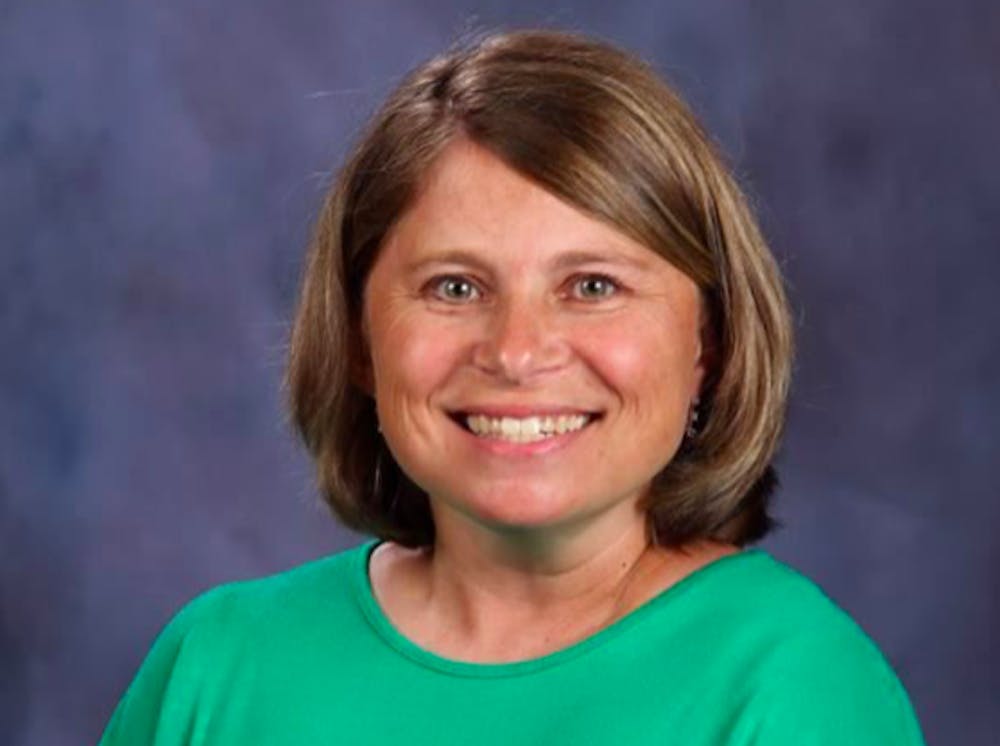
Both online and mailable materials are just part of the different methods of communication to reach students, connected to the internet or not. These include phone calls, letters home, Schoology updates, messages and email, Crowe said.
“Additionally, Auburn City Schools has been a leading school system in Alabama with putting technology in the hands of our students,” Crowe said. “Every student in grades 7–12 is issued an iPad. This helps provide more equitable access to technology for all of our students.”
At the younger grades before students are provided with iPads, device access has been a greater problem.
“Even with access though, parents or siblings also need to work online, so device access is more of an issue for some of my students,” Braswell said.
Because opportunities to access a device may be sparse, Braswell said her grade level team at Cary Woods has planned ways for students to practice learning the material without needing to use a device.
What do you miss about teaching in person?
From Stewart:
“The relationships and interactions with students. That’s why I’m a teacher — to get to know and love these kids regardless of their circumstances. So many kids need an adult that accepts them for who they are regardless of where they come from, what they’ve done or what’s happened to them. Are they knuckle-heads sometimes? Absolutely — I teach seventh grade! But they’re my knuckleheads!”
From Halperin:
“I miss the daily interaction with students and teachers. Virtual learning doesn’t fill the need for camaraderie with colleagues, the conversations with students in the hallways and the joy of helping students master challenging material.”
From Wilson:
“I miss [students’] laughter, and I miss the opportunity to experience their growth. I love my teaching friends and our administrative team, but what I miss most about going to school, without a doubt, is the time spent with my students!”
From Crowe:
"I miss seeing my students each day… I miss the lessons I could have implemented in the classroom. This includes building roller coasters, designing space suits to explore energy transfer and designing mock rovers to land on Mars.”
From Braswell:
“I miss watching the ways students encourage one another. I miss observing the student-to-student interactions in both the classroom and playground settings. I miss the flexibility of lessons and reading aloud based on their engagement and understanding. I miss seeing them all engaged reading a book that they selected at the school or classroom library and hearing them laugh at a funny part in their books. I miss the spontaneous reactions to things that I or their classmates may say. But most of all, I miss being able to be right there, helping them learn.”
Do you like this story? The Plainsman doesn't accept money from tuition or student fees, and we don't charge a subscription fee. But you can donate to support The Plainsman.
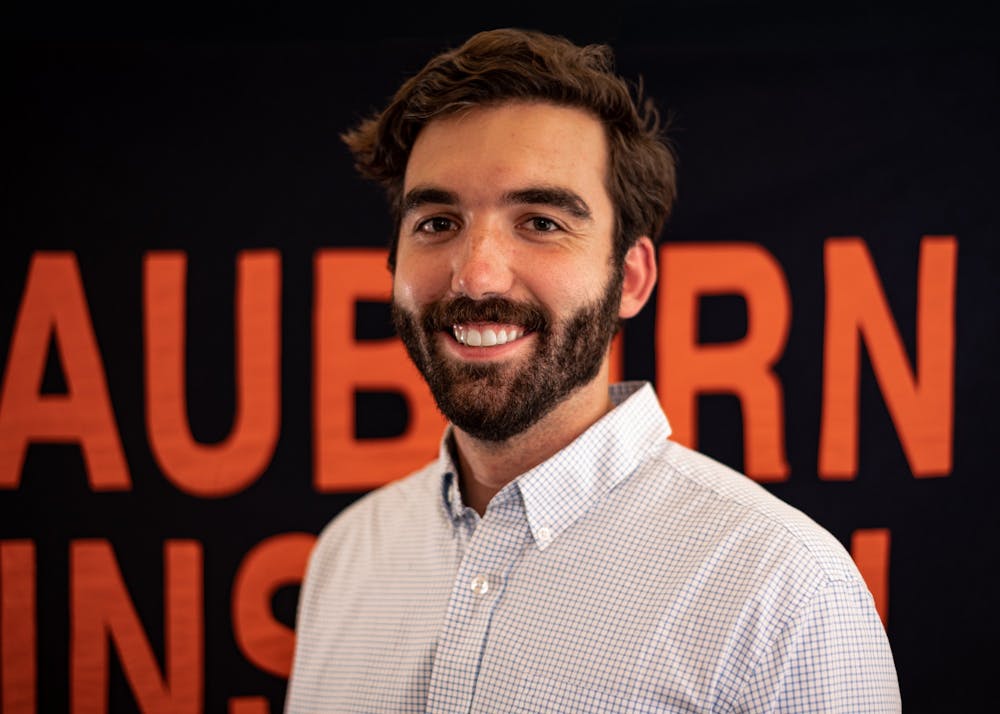
Evan Mealins, senior in philosophy and economics, is the editor-in-chief of The Auburn Plainsman.

